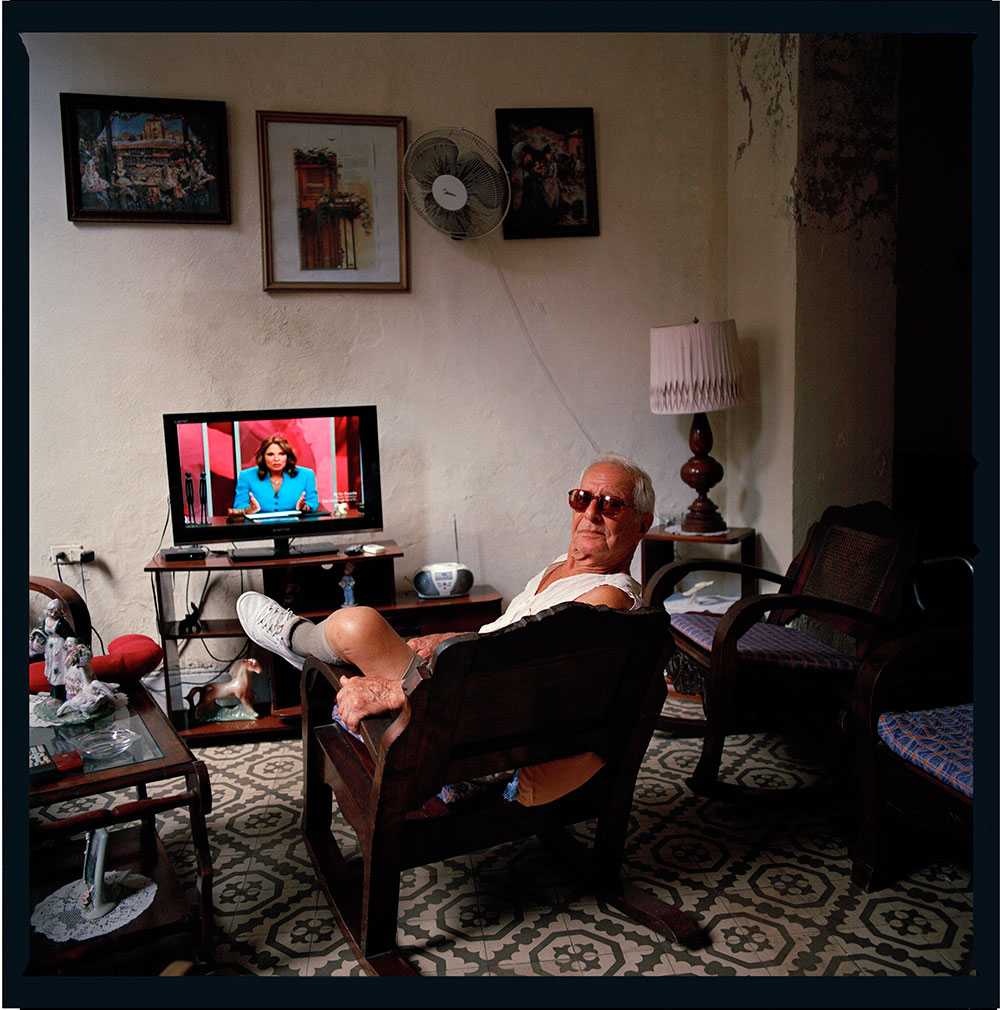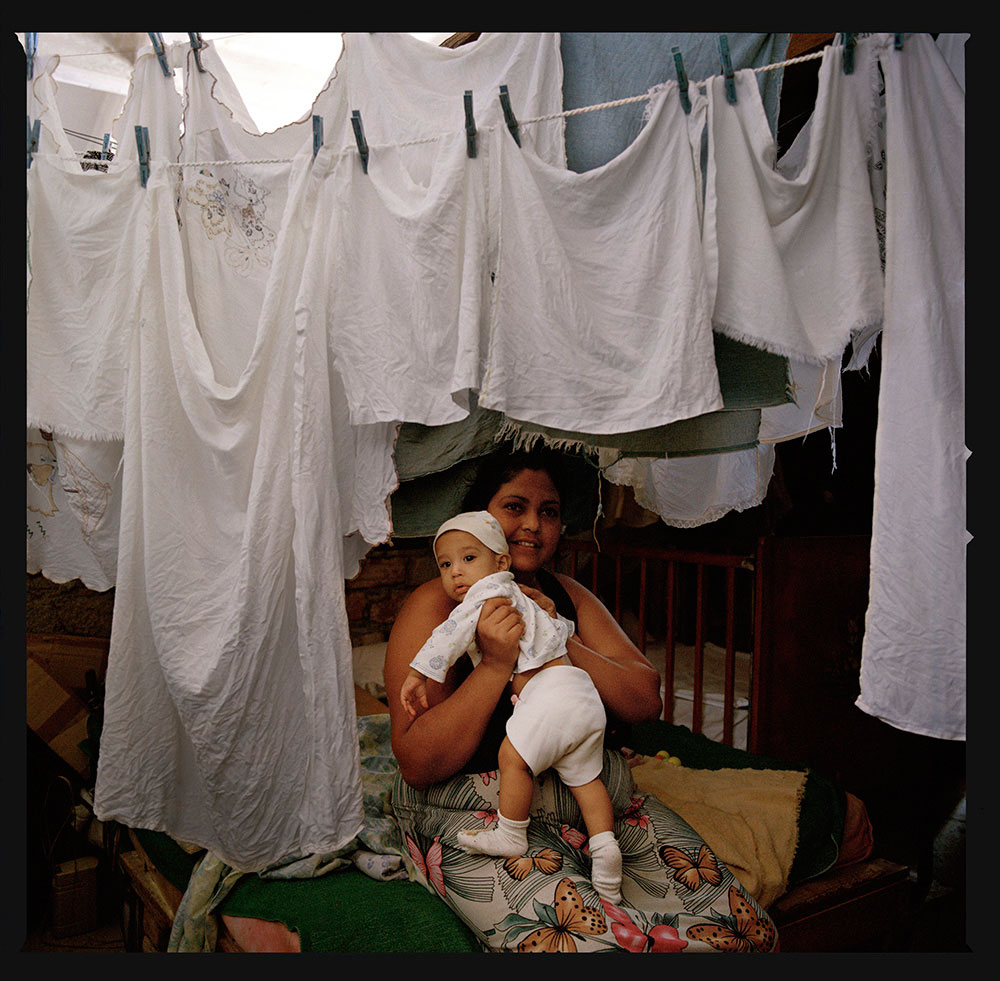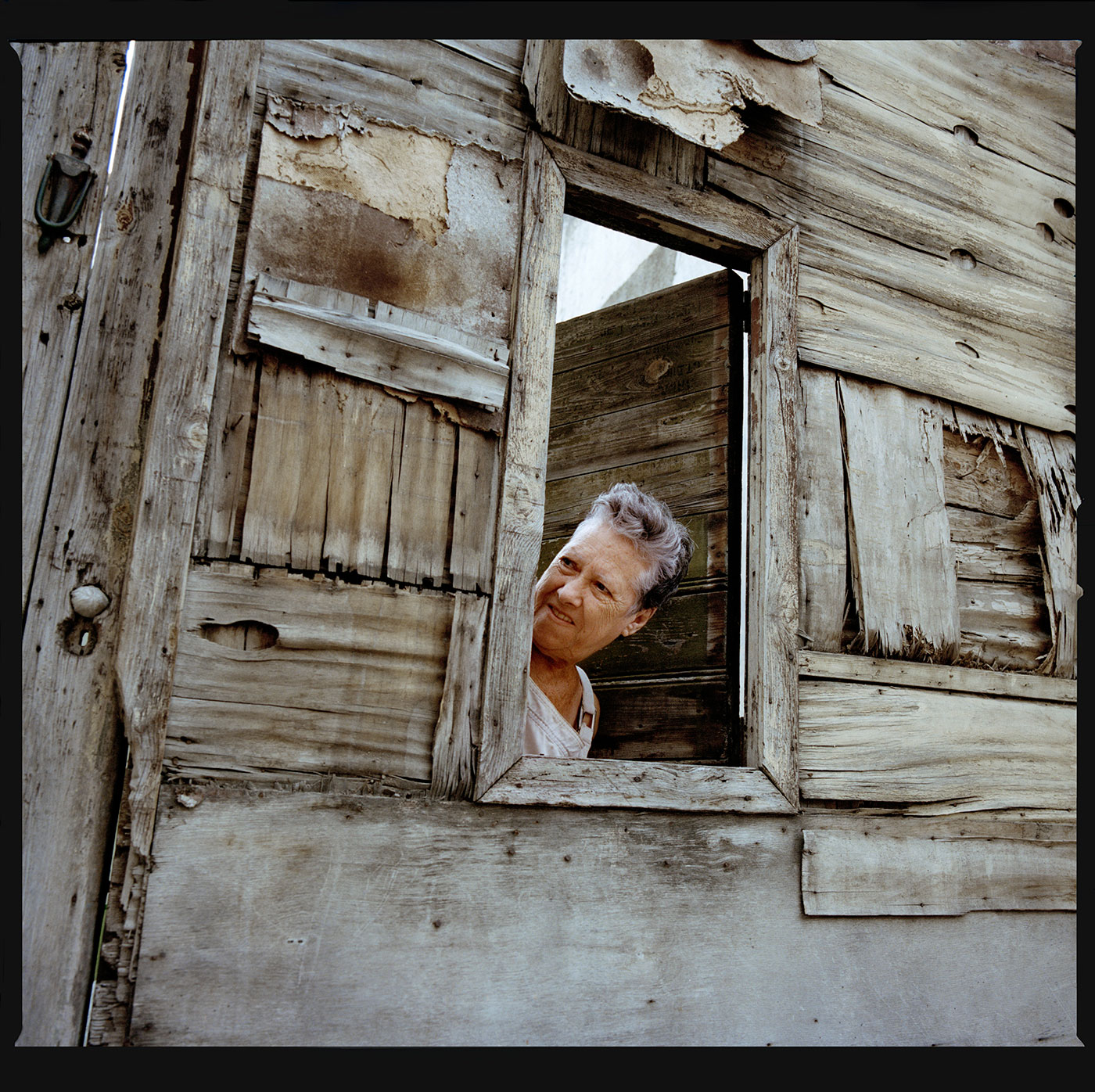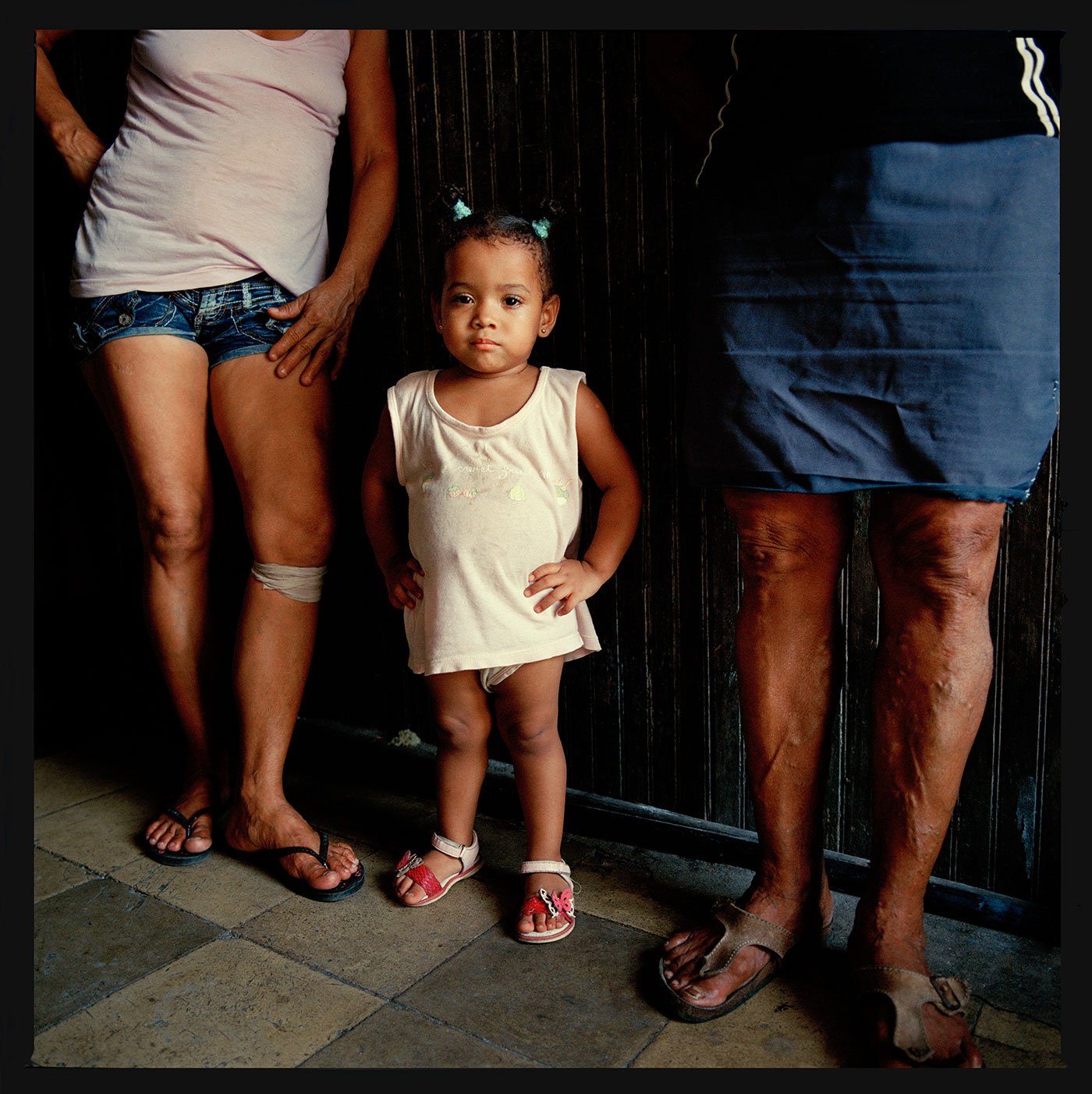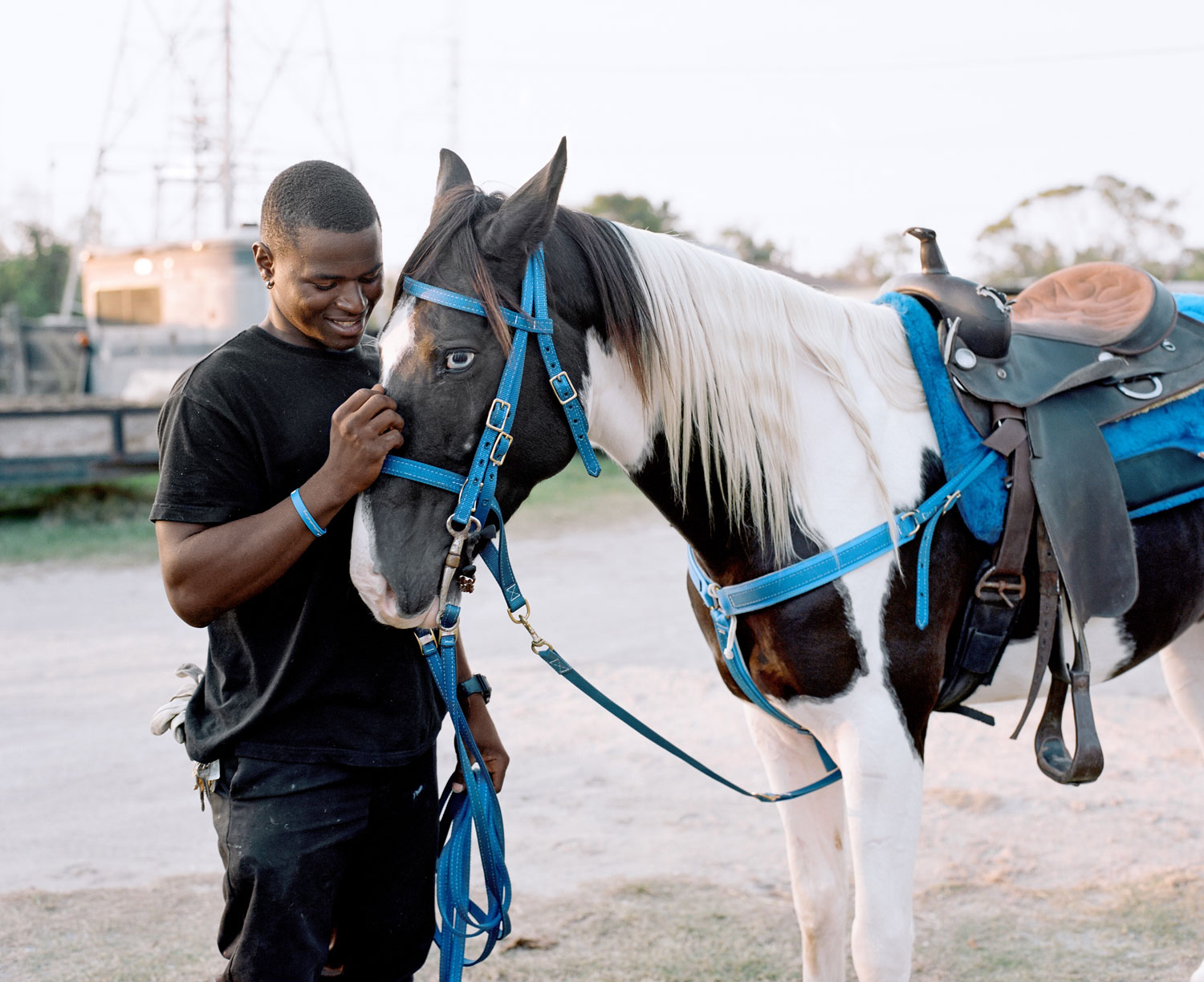From Hugo, Oklahoma, to Paris, Texas, a photographic odyssey documenting the lives of contortionists, tightrope walkers and aerialists
Photographs and words by Norma I Quintana
UNITED STATES — On a hot summer’s day I happened across a flyer announcing that a one-ring circus was in town. To my surprise, a tent had been set up near my home in California.
I approached the pop-up ticket trailer on the grounds when it was uber quiet and asked if I could speak to the person in charge. Here I met the circus owner, Jim Judkins. I explained my interest in photographing the circus, and he pointed me in the direction of Douglas and Oliver, brothers who were part of a larger family act, the Rodogels Brothers Trapeze Act. They were insiders, Jim told me, and if they introduced me to the others, I would be in. That’s where it all began.
I found out that Jim had always dreamt of having a circus and started his career out of Hugo, Oklahoma, in the middle of the country. He named it Circus Chimera.
Olga, a quick-change artist
That summer I quickly became attached to the circus and spent a lot of time getting to know acrobats, aerial flyers, contortionists, tightrope walkers and jugglers. It felt like being part of a large family with relatives from different countries; Russia, Canada, Mexico, China. I began seeking out a particular member of each family, usually someone younger, to translate for me. I showed up day after day throughout the season, and after a while they got to know me. The children called me the Photo Lady.
After a show, many of the performers ate their dinners together and if there was ever a birthday or an anniversary it was celebrated after hours. Once a month there was an event called “CRAZY CIRCUS!”, a show for the performers themselves. It was an opportunity for them to entertain their families and friends, and it was wonderfully funny, with lots of in-jokes. Even my young daughter took part in a couple of acts.
I often sat with the artists by the cookhouse tent. The circus offered basic food for everyone; if you wanted something extra you had to get it yourself. I ate a lot of rice and beans. I also spent time with the families in their RVs and travelling vehicles, which was wonderful since it would be so hot outside that I welcomed a place to cool off and rest.
The interiors of people’s travelling homes were simple and I noticed they had bolted family photographs to the walls — photographs of previous generations of performers. Space was limited, but they always invited me to sit with them. Travelling homes came in different shapes and sizes depending on how many people were in the family. Often people would extend their living space to outside with chairs, and of course bits of their equipment, such as hula hoops or aerial straps.
Their lives were so normal off-stage. Even the most beguiling star needs to do their laundry, shop for groceries or see their doctor.
"Ginger fell when her safety rig failed while performing a new aerial act. I thought her career was over, but she is now a premier aerialist with Cirque du Soleil"
Most relationships and even marriages were a result of being in the circus. Every season I found out about hook-ups and break-ups. And just like on a movie set, some relationships were seasonal. Many of the children were born on the road because of the circus schedule. One of the mothers told me that her daughter was born in Paris and I replied: “Really, how did you happen to be in France?” She said: “No, Paris, Texas, USA.”
The younger children would practise with their parents. If they fell they were encouraged to get up and do their act again, as if there was no room for fear. I soon learnt that circus performers live their lives by split seconds. For aerialists, their job depended on being able — twice daily, rain or shine — to turn a triple somersault.
"I met Devanira soon after she had her baby, Doricela — her joy was immense. Her daughter is now a teenager and performs with the family as a hula-hooper
The circus travelled all year round, with December used to visit family and settle in before a new year. Performers went home to Las Vegas, Nevada, Oklahoma or to visit their families abroad.
After my first summer with the circus, I knew I would return every year. For more than a decade, I would show up whenever the circus came within a hundred miles of my home. I would load my Hasselblad with black-and-white film and travel with them for weeks, often with my two young children in tow. To most, the circus represents the sideshow, the front gate and the Big Top. For me, the circus represented its people and the nomadic way of life.














